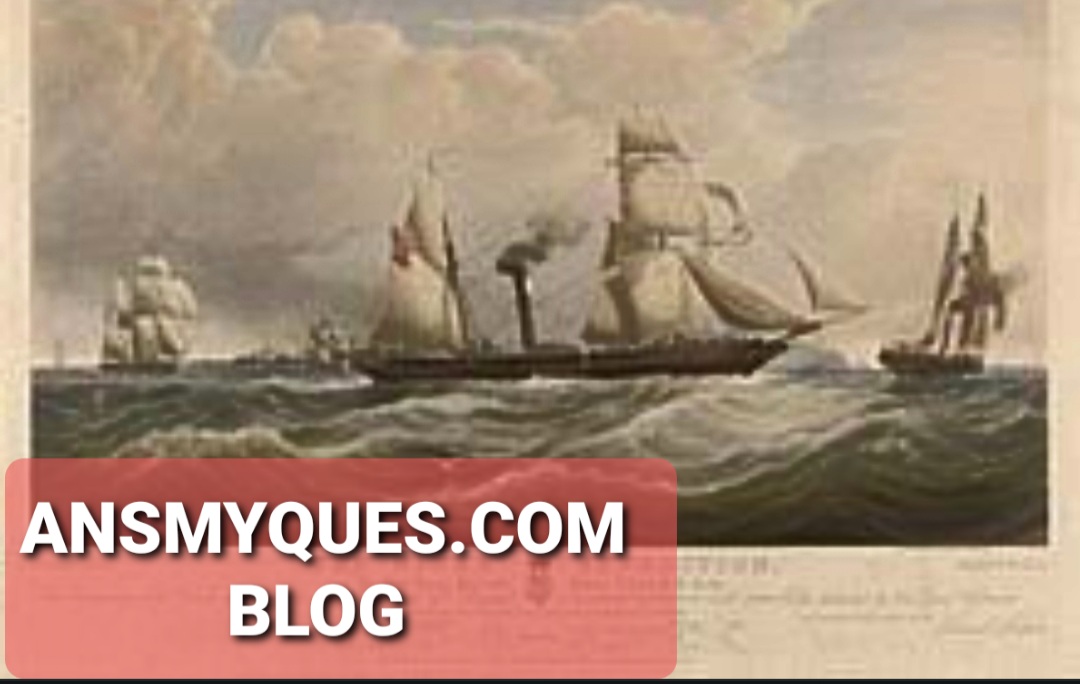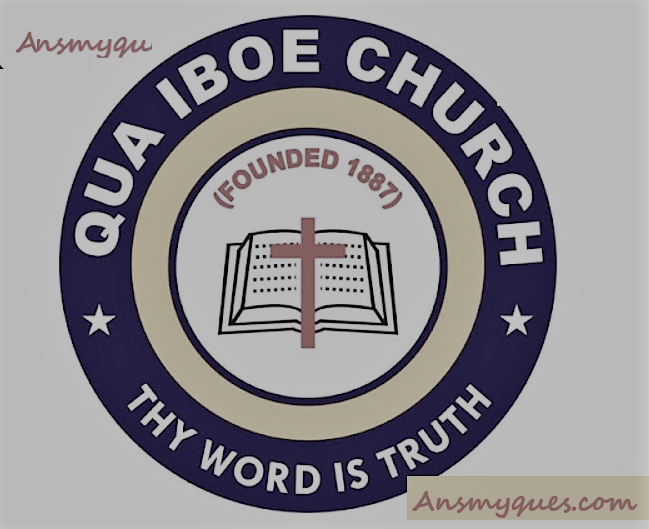JUPEB 004 : How to answer questions on approaches to Literary Criticism, Types and Example scenerio
Different approaches to literary criticism, with definitions and examples
( I used books you can relate with, mind you, it’s an unseen they’d give in the exam )
1. Biographical Criticism: Analyzes a literary work in relation to the author’s life and experiences.
Definition: Examines how an author’s biography influences their writing.
Example: Analyzing Charlotte Brontë’s “Jane Eyre” in relation to her own experiences as a governess and her tumultuous relationship with her father. Charlotte Brontë was also a governess in real life, so she tries to tell her story through her “Jane Eyre” character. ( also, the society doesn’t appreciate works of women, so JANE eyre was initially published under a pseudonym ( a fictitious name use to disguise and mostly employed by author)
2. Historical Criticism: Examines a literary work within its historical context.
Definition: Studies a text in relation to the social, political, and cultural conditions of its time.
Example: Studying T.S. Eliot’s “Murder in the Cathedral” in relation to the historical context of Thomas Becket’s assassination and the tensions between church and state in medieval England.
3. Feminist Criticism: Examines literary works from a feminist perspective, focusing on gender roles and power dynamics.
Definition: Analyzes how texts represent women, gender, and power relations.
Example: Analyzing Aristophanes’ “Lysistrata” as a critique of patriarchal power structures and a celebration of female empowerment.
4. Marxist Criticism: Analyzes literary works in relation to class struggle and economic conditions.
Definition: Examines how texts reflect or challenge class relations and economic ideologies.
Example: Studying Charlotte Brontë’s “Jane Eyre” as a critique of the class system and the limited options available to women in Victorian England.
5. Postcolonial Criticism: Examines literary works in relation to colonialism and imperialism.
Definition: Analyzes how texts represent colonialism, imperialism, and cultural identity.
Example: Analyzing Shakespeare’s “Othello” in relation to the colonialist and racist attitudes of Elizabethan England.
6. Structuralist Criticism: Examines literary works as structures of signs and symbols.
Definition: Studies the underlying structures and patterns in texts, such as mythological or symbolic references.
Example: Analyzing T.S. Eliot’s “Murder in the Cathedral” as a network of symbolic references to Christian theology and medieval liturgy.
7. Poststructuralist Criticism: Challenges traditional notions of meaning and interpretation.
Definition: Questions the idea of fixed meanings and stable interpretations.
Example: Analyzing Aristophanes’ “Lysistrata” as a subversive text that challenges traditional notions of gender and power.
7. _New Criticism_: Focuses on the literary text itself, without considering external factors.
Definition: Emphasizes close reading and analysis of the text’s language, form, and structure.
Example: Analyzing Shakespeare’s “Othello” as a self-contained, dramatic masterpiece.
8. Reader-Response Criticism: Examines how readers interpret and respond to literary works.
Definition: Studies the reader’s role in creating meaning and interpreting texts.
Example: Studying how different readers respond to the ending of Charlotte Brontë’s “Jane Eyre”, and how their interpretations reflect their own experiences and biases.
9. Formalistic Approach
Definition: Analyzes the literary work as a self-contained, autonomous entity, focusing on its formal structures, such as language, style, and narrative techniques.
Example (Robinson Crusoe): Analyzing Daniel Defoe’s “Robinson Crusoe” as a pioneering work of realism, examining its use of:
– First-person narrative
– Detailed descriptions of Crusoe’s island life
– Symbolism of the island as a microcosm of society
Example 2 (Mine Boy): Analyzing Peter Abrahams’ “Mine Boy” as a novel that employs formalistic techniques such as:
– Stream-of-consciousness narration
– Imagery and symbolism to convey the harsh realities of mining life
– Non-linear narrative structure to reflect the fragmented nature of the protagonist’s experiences
10. Psychological Approach
Definition: Examines the literary work as a reflection of the author’s or characters’ psychological states, motivations, and emotions.
Example (Robinson Crusoe): Analyzing “Robinson Crusoe” through a psychological lens, exploring:
– Crusoe’s survival instincts and resourcefulness as a manifestation of his psyche
– His relationships with Friday and other characters as a reflection of his own emotional needs
– The island as a symbol of Crusoe’s inner world and emotional journey
Example 2 (Mine Boy): Analyzing “Mine Boy” psychologically, examining:
– The protagonist Xuma’s struggles with identity, belonging, and purpose
– The psychological effects of racism, oppression, and exploitation on Xuma and other characters
– The symbolism of the mine as a representation of the characters’ inner turmoil and emotional depths
IBKintellect Edu Consult
whatsapp : 08130184805


